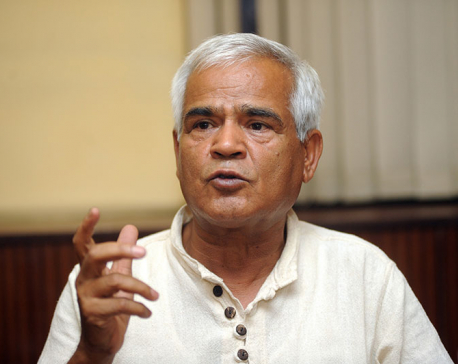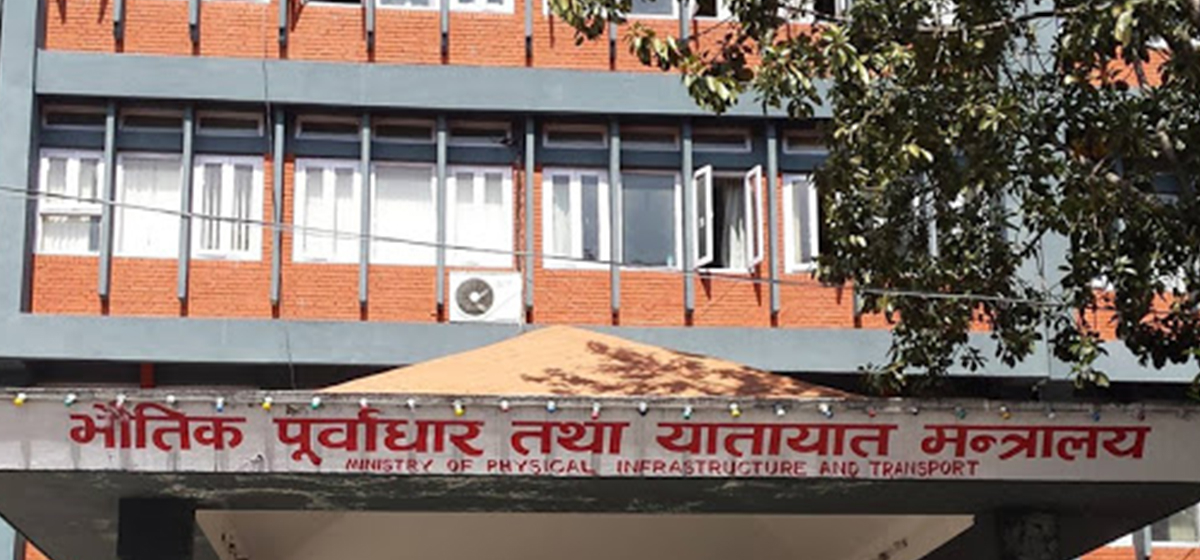
OR
Relevance of SAARC
Escalating tensions between India and Pakistan seem to have doomed the SAARC project. The Indian media, both print and broadcast, have been quick to announce the ‘death’ of SAARC following the terrorist attack on Uri of the Indian-administered Kashmir, resulting in the deaths of 18 Indian soldiers. India says it has solid proof of the Pakistani state’s support for the terrorists involved in the attack. “In the prevailing circumstances, the Government of India is unable to participate in the proposed [19th SAARC] summit in Islamabad,” India said in a statement on Tuesday. As of this writing, five out of the eight SAARC member states have opted out of the 19th summit scheduled for November. The SAARC charter mandates that there be representation from all eight member states for a summit to happen. So it’s a certainty that the 19th summit will be postponed, if not cancelled altogether. So is the SAARC project really dead? Even if it’s not, does it make any sense to continue with a regional ‘talk shop’, which is mandated to make all decisions based on ‘consensus’ even if such consensus is rarely achieved, even on trivial matters?
The reason the SAARC project has failed to live up to its expectations—and miserably so, with less than five percent of the total trade of member states taking place within the SAARC region—owes largely to the seemingly irreconcilable differences between India and Pakistan. Since they are also the two most powerful countries in the region, both militarily and economically, their failure to amicable settle bilateral issues has badly hindered the project of regional connectivity and economic integration. This is even though SAARC charter expressly forbids discussion of bilateral issues at its annual summit. So why retain an organization that seems to have outlived its utility, if it ever had some utility to start with? This newspaper, for one, believes that the regional body, now in its fourth decade, is as relevant as ever, even for India and Pakistan. It is true that the two countries don’t seem to agree on much, but SAARC at least gives them a common platform where the two government heads come face to face. In diplomacy, two countries should never stop talking, even if they are sworn enemies. For ultimately, even for two countries at war, long-term settlements have to be pursued through negotiations. So why ditch the only remaining international platform where the two countries can interact?
But it is not only the question of India and Pakistan. In recent times there have been ructions in relations between other member states as well. For instance last year’s border blockade greatly strained Into-Nepal ties. Besides Pakistan, India has had troubles with Bangladesh, most notably on immigration. The relation between Pakistan and Afghanistan has also been tense, due to cross-border movement of ‘terrorists’. Nepal and Bhutan have repeatedly dueled on refugees. But SAARC is one platform where there is at least some semblance of effort to see beyond their (often petty) bilateral issues and look at the bigger picture, the overarching need to collectively work for the benefit of 1.7 billion people who call South Asia home. Only through greater trade and connectivity among the eight SAARC member states can the lot of the 330 million South Asians living under the US $1.9 a day poverty line be improved. If there are issues, let us freely and frankly discuss them. We will not always arrive at solutions. But not talking at all is definitely not an option.
You May Like This

Talking big, talking loud
Most aircraft we get come with considerable operational cycle behind them and have engines that drink a lot ... Read More...

Talking to children often can boost their brain response to language
Scientists have found that a conversation between an adult and a child may change the child’s brain, and this back-and-forth... Read More...

The danger right now is that the two sides are not even talking
Political analyst and Professor of Political Science Krishna Khanal argues that timely elections of local bodies, provincial assemblies and federal... Read More...










Just In
- MoPIT prepares draft of National Road Safety Act, proposes rescue within an hour of an accident
- Light rainfall likely in hilly areas of Koshi, Bagmati, Gandaki and Karnali provinces
- Customs revenue collection surpasses target at Tatopani border, Falls behind at Rasuwagadhi border in Q3
- Rain shocks: On the monsoon in 2024
- Govt receives 1,658 proposals for startup loans; Minimum of 50 points required for eligibility
- Unified Socialist leader Sodari appointed Sudurpaschim CM
- One Nepali dies in UAE flood
- Madhesh Province CM Yadav expands cabinet









Leave A Comment